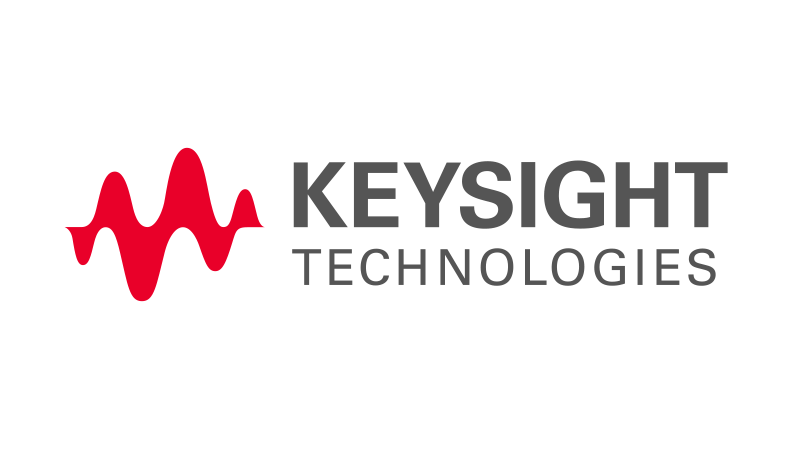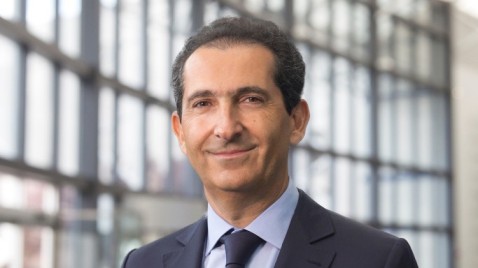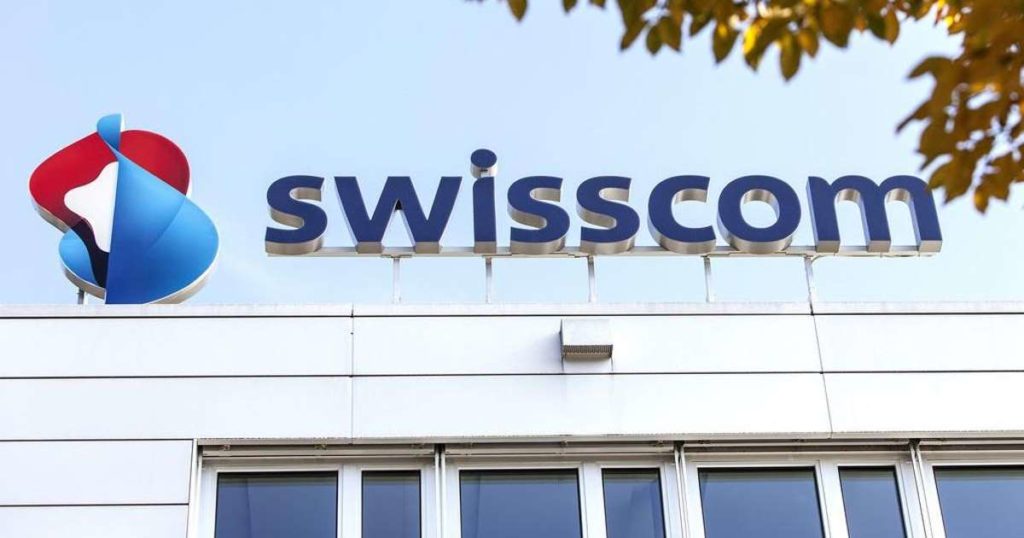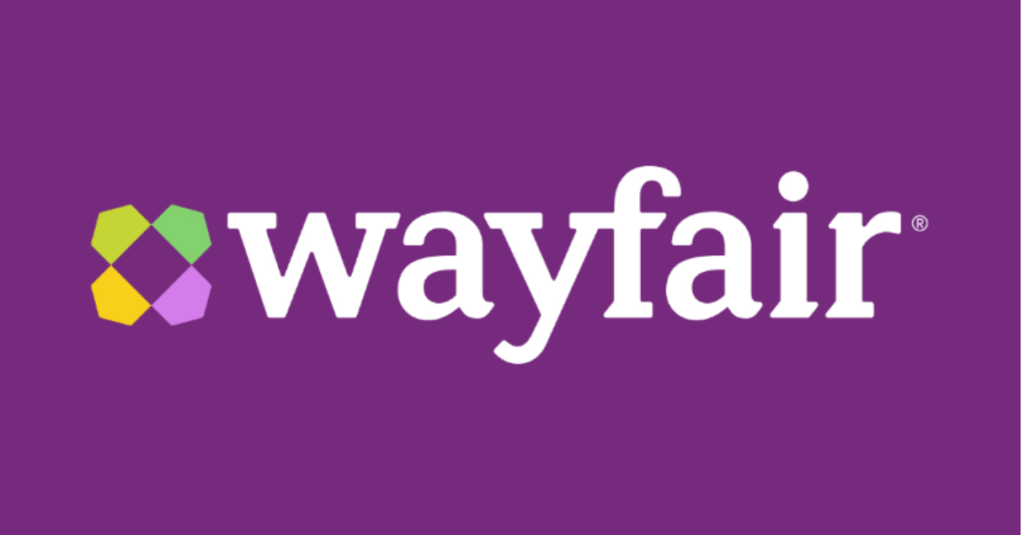Airbnb – ‘Need to Succeed’ Story of Two Roommates.
The rise of online services has eased down many things for people, from making payments online to buy food and getting new fashion clothes to booking hotels for vacations. Airbnb is a similar online service developed by two designers, Brian Chesky and Joe Gebbia, struggling with finances. Airbnb is an online platform, where people are offered services like renting hotels, lodges, homestays, spare rooms in a house as well as various activities for vacations. The platform has been loved for its simplicity and flexible services and is operational in most tourist destinations across the world.
A Brief Introduction of Airbnb
Airbnb is a 12 years old company founded in San Francisco, California by two designers Brian Chesky and Joe Gebbia. Being a millennial product, the service is available on both websites and mobile. The idea behind Airbnb is to make a profit with commissions. People use the Airbnb website or app to rent their property for few days for people who want a comfortable yet cheap stay during their vacations. People rent and book accommodation on Airbnb, and the latter charges a minimal fee from them.

As per 2019 records, around 6000 people are working for the company, and it made an annual revenue of $3.378 billion in 2020. The subsidiary companies of Airbnb include Luxury Retreats, International Inc., Tilt.com, Accomable, Aibiying, Trooly, Inc., Deco Software Inc., Trip4real Experiences, Airbnb UK Limited, and HotelTonight.
The Back story
Airbnb started as AirBed & Breakfast, when two roommates, Brian Chesky and Joe Gebbia, rented their room with three air mattresses to earn some money in 2007. Nathan Blecharczyk dived in as the third founder of the company in February 2008 and held the position of Chief Technology Officer. To expand their business, the three built a website with the domain airbedandbreakfast.com. The website allowed people to book for quarters having air mattresses along with breakfast service for their stay.
The Industrial Design Conference during the summer of 2008 brought the first customers for the company as these customers were unable to find places to stay. The founders of the company then attended the training sessions at Y Combinator in January 2009 to understand better ‘how to run a startup’. Going to the training at Y Combinator also brought the founders their first big venture funding worth $20,000, which they used to market their website across America. In just two months after their training session, Airbnb had registered 10,000 users. Meanwhile, the name of the company was also changed to Airbnb. The company also moved from only renting the air mattresses to renting rooms, apartments, and even a whole house on their platform.
Airbnb got its next big investor the Sequoia Capital and raised $7.2 million in a Series A round in 2010. The next year, it became the winner of the “app” award. The company started to expand overseas, and in October 2011, it opened its first international office in London, followed by the establishment of offices in Paris, Milan, Moscow, Berlin, Barcelona, etc., in the next few years. In the following years, Airbnb established its European headquarters in Dublin. The company also entered Asia after it opened an office in Singapore in December 2012.

By 2013, the company had registered around 250,000 properties to its platform. Airbnb revamped the website, mobile app, and the logo of the company in 2014, to make bookings, even more, easier for people. Due to the simple and useful concept of Airbnb, it was growing too fast, raising billions of dollars from the biggest investors in the world, including Andreessen Horowitz, Google Capital, and Technology Crossover Ventures, etc. In 2016, the revenues generated by the company were 80% more than the previous year. The company announced two new features on the platform, Airbnb Plus, which listed the collection of best places service/rating wise, and Beyond by Airbnb, a service that offered luxury vacation rentals. As per the 2019 records, two million people had registered to Airbnb globally.
The CEO: Brian Joseph Chesky
Brian Joseph Chesky is one of the founders and the current CEO of Airbnb. He was born on 29 August 1981 in Niskayuna, New York, U.S. Chesky completed his high school education from Rhode Island School of Design and got a bachelor’s degree in Fine Arts in industrial design in 2004. Soon after he got his degree, he moved to San Francisco, where he founded Airbnb with his roommate Joe Gebbia as a result of ongoing financial issues.

Yashica is a Software Engineer turned Content Writer, who loves to write on social causes and expertise in writing technical stuff. She loves to watch movies and explore new places. She believes that you need to live once before you die. So experimenting with her life and career choices, she is trying to live her life to the fullest.






